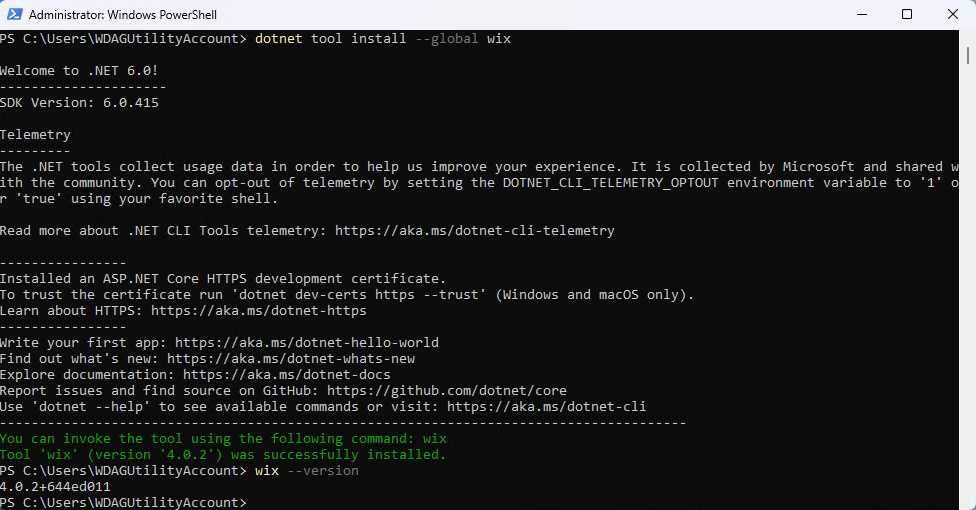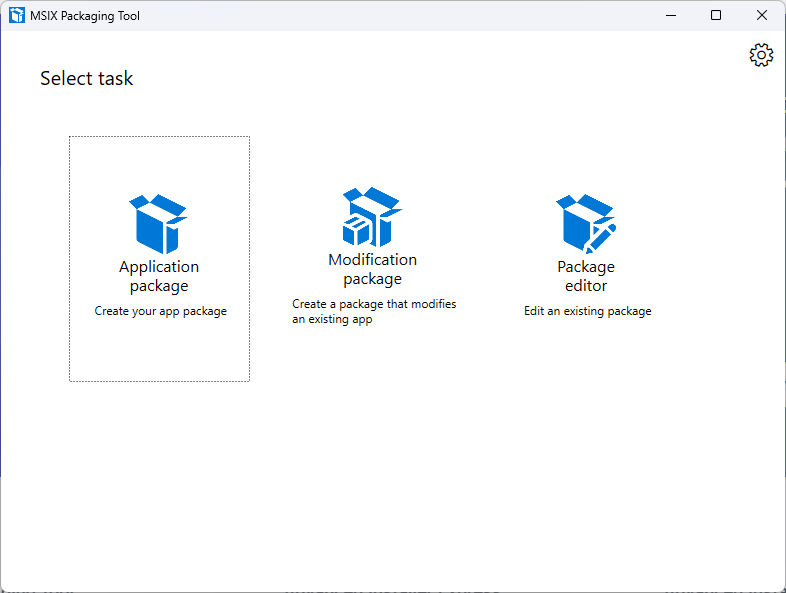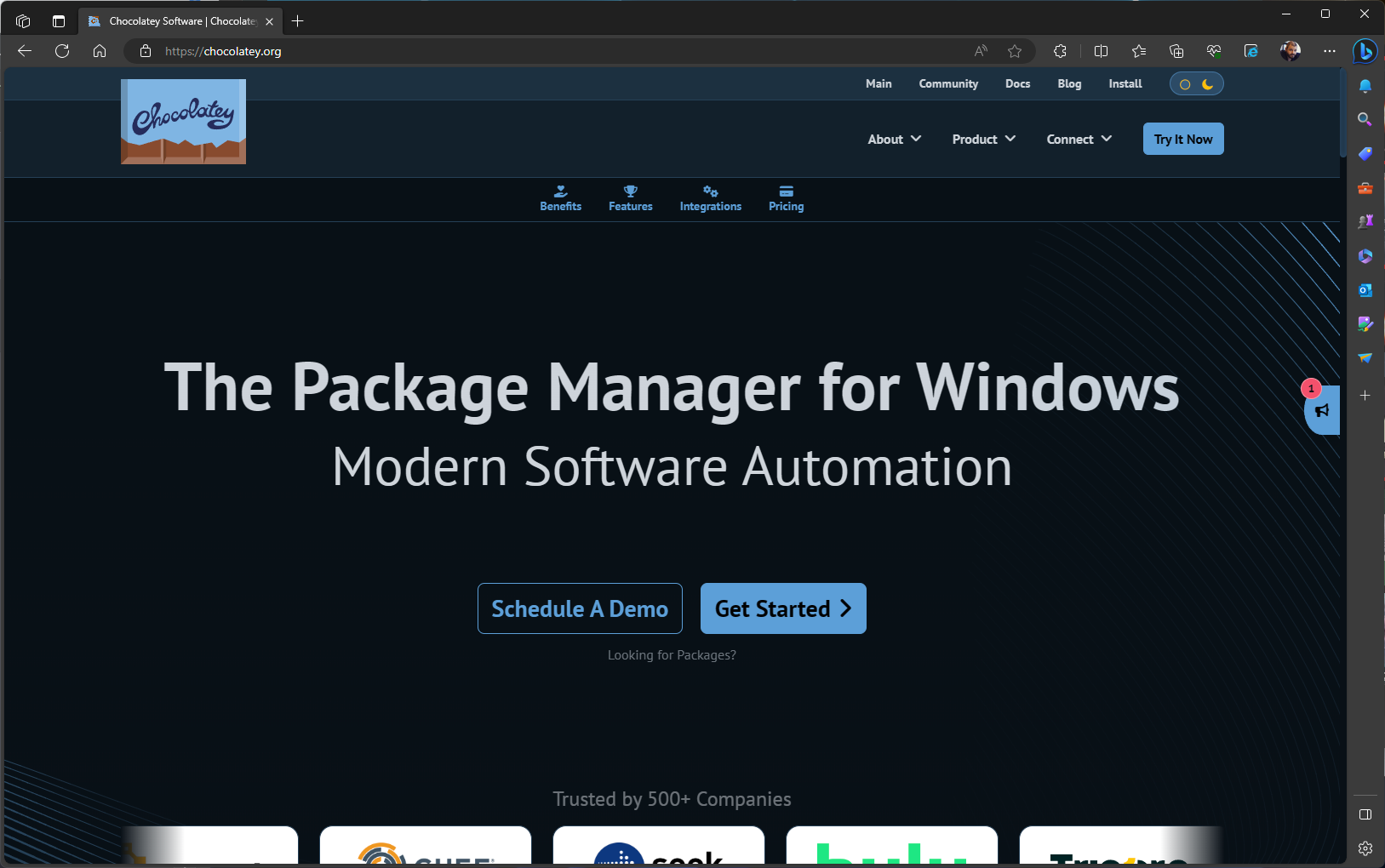What is software deployment and what tools can help?
Software deployment is the process of managing software within organizations. It generally refers to the activities and procedures involved in making applications available for installation to users or performing mass rollouts of a specific application.
As a process, it ensures that the applications are correctly installed and delivered to the target devices.
In this article, let’s have a deep dive into the software deployment to better understand the complexities involved.
Essentials of Software Deployment

The general scope of a software deployment is to distribute, install, configure, and maintain the software across an organization. However, this entails a range of different tasks that must be performed, such as:
Packaging 

Before considering any deployment, we must first package an application and test it. Packaging involves creating an installer or a wrapper that contains all the necessary files, libraries, registry, and dependencies required for that specific application to run on the system.
To easily manage your deployment command lines, automate package updates, and handle Intune app assignments, you can use PacKit. The free edition lets you manage and upload packages to Intune or MECM, use the app catalog, and troubleshooting tools from Advanced Installer. The paid edition offers auto updates, app assignments, and custom actions for each package.
Distribution

Once the software package is ready, it needs to be redistributed to the infrastructure. Distribution methods can vary, and these include:
- Network-based deployments
- Physical media (e.g., DVDs or USB drives)
- Cloud-based delivery
Installation and Configuration

The installation process is usually tied to distribution, especially if you use tools such as MECM or Intune. However, in general, it involves the actual installation of the software package with the configurations already done inside the package itself.
Configuration typically includes predefined user preferences, database connections or integrations with other software. Again, this part is usually done during the software packaging stage.
Maintenance, Updates, and Compliance

Once an application has been deployed into an infrastructure, an “evergreen” process usually starts around that application. This involves keeping track of any updates, patches, or hotfixes that might need to be applied due to security or feature improvements.
This occurs in the monitoring phase, which is also essential to detect any issues, performance problems, or security breaches. Regular maintenance ensures that the software remains up to date and functional.
Software Packaging Tools

As mentioned earlier, before we even consider any actions related to software deployment, a package must first be created and configured accordingly, which brings us into the software packaging world.
There are plenty of tools out there that can help you achieve the desired state with a software package. In this article, we will only focus on some of the most popular options available out there:
Advanced Installer

Advanced Installer is one of the most popular software packaging tools, designed to make the software packaging process user-friendly and simplify the packaging and deployment of a software application. Advanced Installer offers features such as:
- MSI-based installations
- Automatic updates
- Wide range of pre-built templates
- Intuitive GUI and extensive library
Advanced Installer is feature-rich and offers a ton of templates, which greatly help developers create a software package at the end of the coding process.

WiX Toolset

WiX Toolset is an open source collection of tools and libraries that helps developers (and, in some cases, application packagers) to create Windows Installer XML (WiX) files.
Advanced Installer helps software engineers coming from WiX Toolset speed up their packaging process and drastically flatten the learning curve. And this is what makes us the best WiX Toolset alternative.
The learning curve is quite steep for WiX as it offers no GUI and everything must be created inside an XML file. Apart from that, WiX does not offer best practice implementations in the package, such as Advanced Installer, meaning it is targeted for the most experienced developers or IT Professionals.

Inno Setup

Inno Setup is a free tool that allows you to create EXE packages. If you are looking for building or modifying MSI or other types of packages, unfortunately, Inno Setup is not the right tool.
Inno Setup resembles WiX in a way that the installation package is created via a script-driven interface, but it supports scripting languages such as Pascal.
For developers seeking a powerful and efficient alternative to Inno Setup, Advanced Installer is the clear choice for packaging and deploying applications.

InstallShield

InstallShield is a known tool in the industry and a widely used commercial installation development solution that provides advanced features for creating Windows Installers. It supports various scenarios, and it integrates with popular development tools.
You can analyze Advanced Installer as an InstallShield alternative in a Side-by-Side Feature Comparison here.

MSIX Packaging Tool

MSIX Packaging tool is a free tool offered by Microsoft and was launched with the release of the MSIX technology. As the name suggests, this tool only handles the creation and modification of MSIX packages. The main purpose of the MSIX Packaging tool is to convert existing desktop applications into the modern MSIX format.
Advanced Installer offers different solutions that fit your needs in terms of MSIX packages.
Not only are we offering the Advanced Installer Express, which is completely free and lets you manipulate MSIX packages, but Advanced Installer Architect is the only one that enhances MSIX technology.

This is the list of popular software packaging tools out there that can help you with the first step of a software deployment. Now that we know which tools to use for that part, let's have a look at which software deployment tools you can use to administer your infrastructure.
Software Deployment Tools

There are multiple tools out there that can help you manage an infrastructure, but it all depends on your needs and budget. In this article, we will look at the most popular ones that are out there.
Microsoft System Center Configuration Manager (SCCM)

MECM (formerly SCCM) is a comprehensive management solution from Microsoft that helps you configure, deploy, and manage a wide range of devices and applications across an infrastructure.
It can help you automate software deployments, enforce security policies, monitor device compliance, and so much more.

In short, MECM:
- Deploys software, either via legacy Packages mode or the modern way via Applications.
- Manages and distributes software updates and patches.
- Deploys operating systems that will be the “base” or the “master” image of an organization, so that the infrastructure itself is clean and maintained.
- Collects and maintains an inventory of hardware and software.
- Enforce security and configuration policies.
- Monitoring and Reporting of the whole infrastructure.
- Delegates administrative tasks via RBAC.
- Can be integrated with Intune to provide co-management solutions.
- It’s widely scalable and can be used by small organizations to large organizations that are composed of 500k plus devices.
Overall, when we talk about on-prem management of an infrastructure, MECM would be the go-to solution that is recommended by the industry.
Microsoft Intune

With Intune, we are switching gears, and we are no longer dependent on an on-prem infrastructure. Everything is in the cloud, and, technically, on paper, it should offer a cheaper alternative to managing an infrastructure rather than investing in powerful servers to keep an on-prem infrastructure. Regarding the costs, this is something that needs to be verified by each company and tailored to their needs in the price.
It’s part of the Microsoft 365 suite, and it is designed to provide organizations with a unified platform for managing mobile devices, personal computers, and applications.

Let’s have a look at some of the key aspects of Intune:
- It is entirely cloud-based, which means you no longer need on-prem servers.
- You can enroll in pretty much everything from Windows PCs, Macs, iOS, Android, and other types of devices.
- Security features such as conditional access, mobile threat defence, and compliance policies are part of its core.
- You can deploy and manage applications, both from the Microsoft Store or other formats such as line-of-business applications (LOBA) or Win32 Applications.
- You can create configuration profiles per device.
- Integration with Microsoft 365 services.
- Like MECM, you have conditional access policies.
- Remote management capabilities.
- It’s quite scalable as with MECM.
PDQ Deploy

PDQ Deploy is a third-party software deployment tool that is designed to simplify and automate the process of deploying and managing software applications, patches, updates, and scripts for Windows Devices.

Unlike MECM or Intune, PDQ Deploy is mainly focused on the software applications side, without the possibility of managing OS images or other policies inside your infrastructure. It provides a centralized console where the IT Administrators can manage and deploy packages, and it maintains a software repository.
PDQ offers a vast library of pre-built deployment packages for popular software applications, meaning that, in some cases, you don’t need to do the packaging at all, just simply get the pre-packaged version from their library and deploy it in your infrastructure.
Overall, PDQ Deploy simplifies and streamlines the software deployment tasks, which makes it a great tool that can be used to manage that part of the infrastructure.
Chocolatey

Chocolatey is an open-source package management tool that helps you install, configure, and manage software applications.
Chocolatey uses a “package-based” approach, meaning packages are actually scripts and metadata that describe how the software should be installed and maintained. The packages are created and maintained by the community, or an organization can have its own repository and manage that repository internally.
Chocolatey has gained popularity due to the fact that a missing native package manager from Microsoft simply did not exist until 2020. In 2020, WinGet was officially released, and it targeted basically the same functionalities as Chocolatey, such as public and private repositories, silent installations, and so on.

Conclusion

Application management inside an infrastructure is not a trivial task. However, the good news is that there are tons of tools you can choose from to help you achieve what you need.
What features do you value most in a software packaging or deployment tool?
